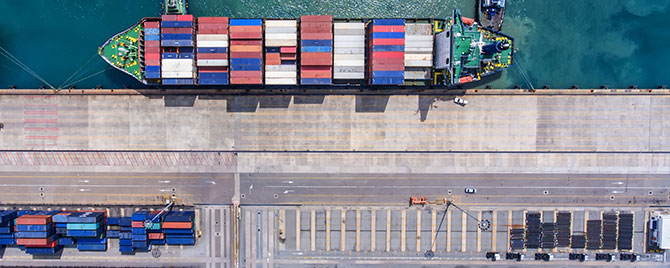SF Fed Blog
-

Asian Banks Search for Yield Overseas
Asian bank profitability has been squeezed in recent years, driven to some extent by intense competition among the large number of banks in the region. To boost profitability, banks from some developed Asian economies have expanded operations into Southeast Asia by setting up branches and investing in local institutions. What began as a search for yield is likely to persist because banks’ strategies to increase profits align with their governments’ initiatives in the region.
-

Regulating Initial Coin Offerings and Cryptocurrency Exchanges across Asia
Asian regulators clarified their stances on initial coin offerings and cryptocurrency exchanges this past year as public interest in both has skyrocketed. Some of the same qualities that attract investors to cryptocurrencies make them susceptible to money laundering and fraud. Regulators have acted to protect investors and their financial systems in steps ranging from banning ICOs and cryptocurrency exchanges to implementing licensing requirements ensuring new currencies and products face the same scrutiny as existing ones.
-

China’s Household Credit Boom
China’s rapid credit growth has generated increasing concern over the past several years. Recent regulatory action and debt restructurings have slowed the pace of corporate debt build-up, but new risks are emerging as Chinese households lever up. On the whole, continued increase in household credit is aligned with China’s efforts to rebalance its economy towards consumption, but the fast growth of the sector warrants close monitoring.
-

Mapping Asia’s Biggest Overseas Investors
One of the striking trends in recent economic history is Asia’s growing importance in global investment flows. Over the past two decades, the region emerged as a large net creditor to the rest of the world. The net position, however, does not necessarily tell the entire story. A deeper examination of Asia’s overseas assets reveals the differences in how Asian economies invest abroad.
-

Digital Currencies May Take off in Japan
Not long ago, Japan was at the cutting edge of digital payments. Japanese consumers could make payments by phone as early as 2001, a decade earlier than in the United States. Despite this early lead in payment technology, visitors to Japan today often note the remarkable persistence of cash. In this context, Japanese banks are launching digital currencies, while changes to regulation in China have made Japan a hub for bitcoin trading. These trends could renew Japan’s role as a leader in payments innovation.
-
A Job Is Not Enough
It’s becoming increasingly clear that, when it comes to financial stability, simply having a job is not enough.
-

Emerging Asia’s Efforts to Deal with Increasing Debt
Asian economies have been borrowing more in recent years. Despite concerns that increased external and dollar-denominated debt leave Asia susceptible to destabilizing outflows, other economic and financial metrics depict a region more resilient than when it experienced the Asian Financial Crisis 20 years ago. Prudential policy and regulation have played an important role in improving the region’s financial resilience, though some efforts may run counter to the goal of developing deep local bond markets.
-

If You Build It, They Will Lend: Why Japan May Fund More Infrastructure than China
Demand for infrastructure is growing as developed countries replace deteriorating infrastructure and emerging economies invest in new projects. China has attracted significant attention through its One Belt, One Road initiative and the founding of the Asia Infrastructure Investment Bank, but Japan has recently dominated global project finance. With low borrowing costs and limited domestic credit demand, Japanese banks may be best positioned to lead the financing of a global infrastructure push.
-

South Korea’s Efforts to Contain Debt and Housing Prices Take Shape
Earlier attempts to halt Korea’s dramatic increase in household debt missed the mark but recent regulations have succeeded in limiting credit growth and housing price increases. While household loan quality is performing well the earlier parallel rise in home prices and household debt have left lingering fears that the debt burden will be a drag on economic growth, and that a major fall in home prices could create asset quality issues for the country’s banks.
-

Tax Increase Forces Financial Services in India to Adjust
The Goods and Services Tax (GST) implemented this past June is the largest tax reform in India’s history. By creating a federal taxation system, the GST has major implications for the economy as whole and financial services in particular.